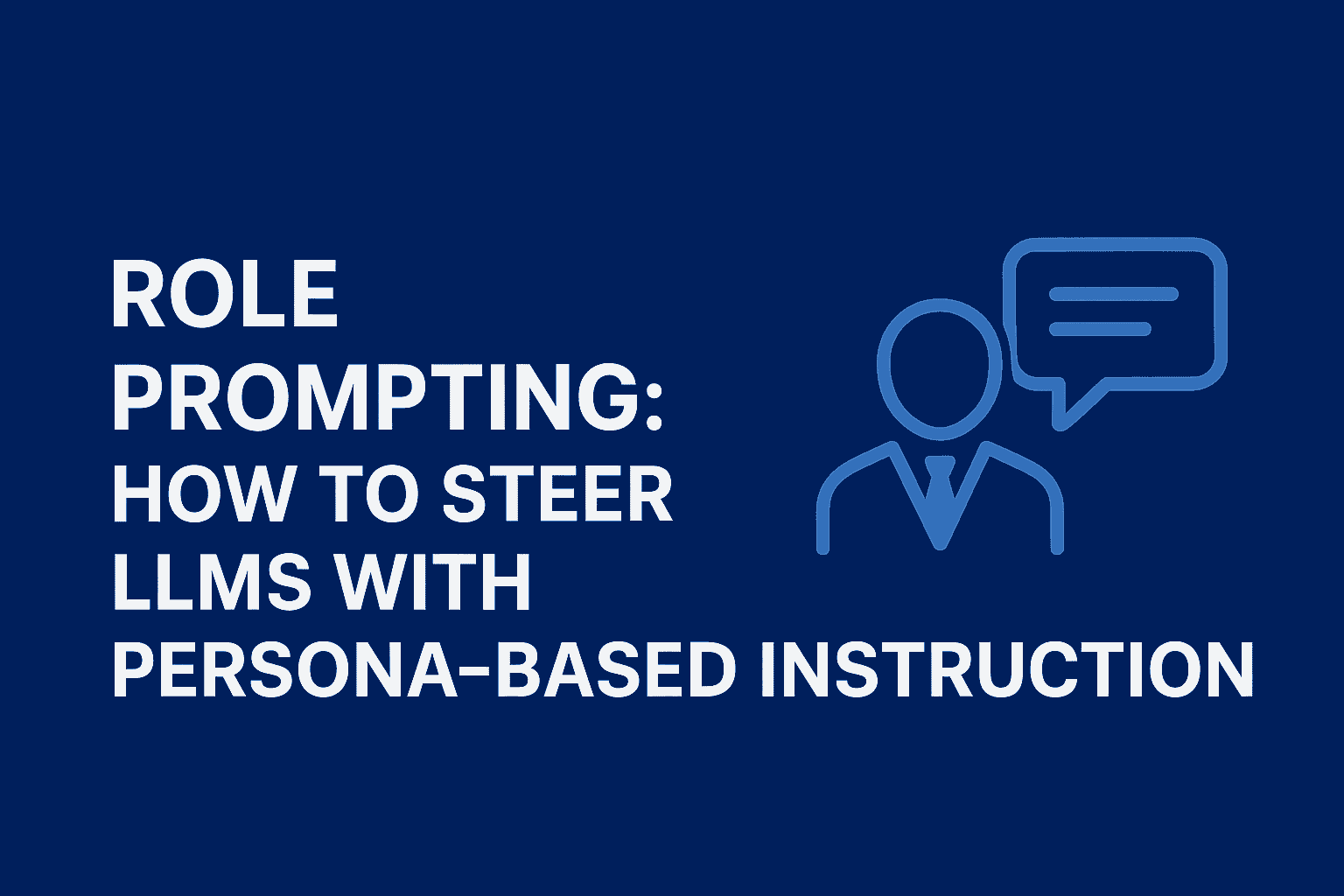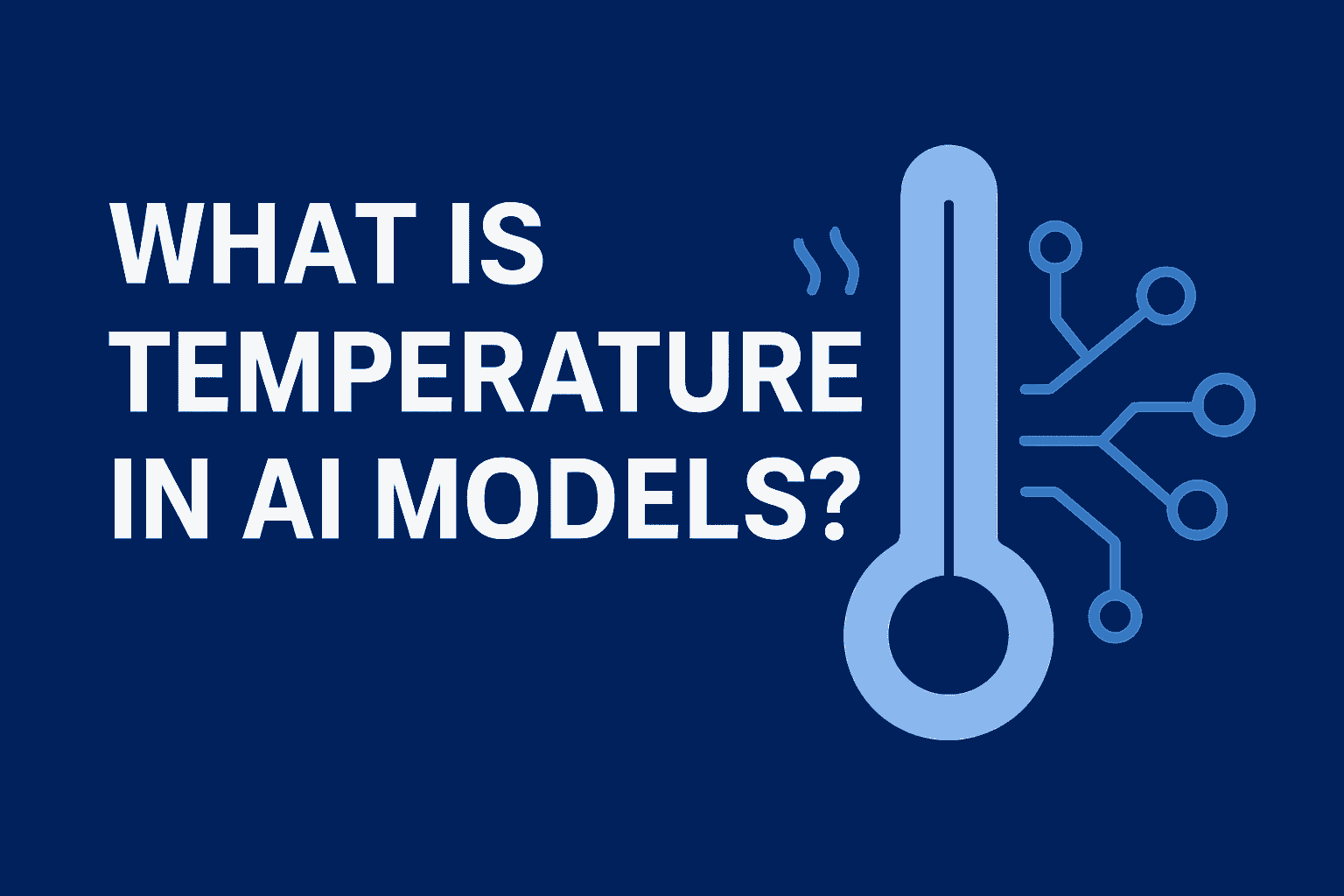
🤖 Tiny LLMs: The Future of Efficient and Local AI
Ai engineer
🤖 Tiny LLMs: The Future of Efficient and Local AI Tiny Language Models (under 1.5B parameters) are revolutionizing AI by running fast, privately, and cost-effectively on local devices—no cloud needed. From mobile apps to smart assistants, these compact models deliver real-time performance with lower compute demands. While they have limits in complexity and context, their speed, customizability, and affordability make them ideal for edge AI. The future of intelligent, lightweight AI is here—and it's Tiny.
🤖 Tiny LLMs: The Future of Efficient and Local AI
In the realm of artificial intelligence, size isn't everything. While massive models like GPT-4 grab attention, a new wave of compact language models, known as Tiny LLMs or Small Language Models (SLMs), is gaining traction. These efficient models are designed for real-time, private, and cost-effective deployment on local hardware, making them a cornerstone of edge AI applications, from offline assistants to mobile apps, semantic search engines, and robotics.
🧠 What Are Tiny LLMs?
Tiny LLMs are lightweight language models, typically with fewer than 1.5 billion parameters, optimized to run on CPUs, embedded devices, or modest GPUs. Their key strengths include:
- High efficiency with rapid inference
- Minimal memory footprint
- Robust performance for specific tasks
Some Tiny LLMs are built from the ground up, while others are derived from larger models like LLaMA-7B, streamlined through pruning and fine-tuning to retain functionality in a smaller package.
Fabio Matricardi, an AI advocate and Medium contributor, categorizes them as follows:
| Model Class | Description |
|---|---|
| Mini Models | < 1B parameters |
| Tiny/Small Models | < 1.5B parameters |
| Sheared Models | Downsized from 7B+ to 1.3B–2.7B |
| Quantized Models | Reduced size/precision for CPU/GPU compatibility |
🔗 Why Tiny LLMs Are on the Rise
Tiny LLMs offer compelling advantages that make them ideal for a variety of applications:
- 🔒 Enhanced Privacy: Operate fully on-device, ensuring data stays local.
- ⚡ Rapid Responses: Achieve sub-second inference on CPUs, perfect for real-time use.
- 💰 Cost Efficiency: Eliminate API and cloud expenses.
- 📶 Offline Capability: Function in disconnected environments, such as rural areas or air-gapped systems.
- 🧠 Customizability: Easily fine-tuned for specialized tasks like legal document analysis or customer support.
✅ Benefits of Small Language Models
Tiny LLMs, as small language models, bring unique benefits that make them highly appealing:
- Low Compute Requirements: Run seamlessly on consumer laptops, edge devices, and mobile phones.
- Lower Energy Consumption: Efficient design reduces power usage, supporting eco-friendly AI solutions.
- Faster Inference: Deliver quick responses, ideal for real-time applications like chatbots or voice assistants.
- On-Device AI: Operate without internet or cloud dependency, enhancing privacy and security.
- Cheaper Deployment: Lower hardware and operational costs make AI accessible to startups and individual developers.
- Customizability: Easily tailored for domain-specific tasks, such as analyzing legal documents or medical records.
⚠️ Limitations of Small Language Models
While SLMs offer numerous advantages, they also come with certain trade-offs:
- Narrow Scope: Limited generalization outside their training domain (e.g., a medical SLM may struggle with coding tasks).
- Bias Risks: Smaller datasets may amplify biases if not carefully curated.
- Reduced Complexity: Smaller models may struggle with highly nuanced or complex tasks requiring deep contextual understanding.
- Less Robustness: More prone to errors in ambiguous scenarios or when faced with adversarial inputs.
🌟 Notable Open-Source Tiny LLMs
| Model | Size | Best For | Key Strengths |
|---|---|---|---|
| Qwen2.5-0.5B-Instruct | 500M | Multilingual Tasks | Strong instruction following, supports 29 languages |
| SmolLM2-360M | 360M | On-Device AI | Efficient, mobile-ready, handles structured prompts |
| MiniLM-L6-v2 | 22M | Embeddings & Search | Ultra-lightweight, ideal for semantic vector generation |
| FLAN-T5-Small | 60M | Reasoning & Few-Shot | Excels in logical tasks and problem-solving |
| LLaMA-3.2–1B | 1B | General NLP | Versatile, supports 4K context, great for fine-tuning |
| Phi-3 Mini | 3.8B (quantized) | Offline Assistants | Impressive reasoning in a compact size |
| Sheared-LLaMA-1.3B | 1.3B | Dialogue & Q&A | Instruction-tuned, derived from LLaMA-7B |
| TinyLLaMA-1.1B | 1.1B | Plug-and-Play NLP | LLaMA-compatible, optimized for Q&A |
| LaMini-Flan-T5–77M | 77M | Efficient NLP | Distilled from ChatGPT, encoder-decoder architecture |
| StableLM Zephyr-3B | 3B | Instruction Tasks | 4K context, quantized for edge devices |
🔧 Quantization: Enabling Small yet Powerful Models
Quantization is key to running large models on everyday hardware. By reducing the precision of model weights, it shrinks file sizes and memory demands. Common quantization formats include:
- GGML/GGUF: Optimized for CPUs, widely used in frameworks like llama.cpp for 4-bit models.
- GPTQ: Designed for GPUs, balancing accuracy with lower bit rates.
Matricardi shares his experience: “With only 16GB of RAM, running a 3B model was impossible without quantization—it’s a game-changer.”
🛠️ Real-World Applications
Tiny LLMs excel in scenarios requiring speed, privacy, and local processing:
- 🧠 Offline Assistants: Power private, on-device chat with tools like Ollama and TinyLLaMA.
- 🔌 IoT Devices: Enable smart thermostats, cameras, and doorbells with low-power inference.
- 🤖 Robotics: Support dialogue and decision-making in autonomous systems.
- 🕹️ Video Games: Generate real-time NPC dialogue without taxing GPU resources.
- 🔍 Semantic Search: Use MiniLM for efficient document search and clustering.
- 🧠 Speculative Decoding: TinyLLaMA and similar models draft responses for larger models, as noted by Andrej Karpathy.
- 💬 Chatbots & Virtual Assistants: Efficient enough to run on mobile devices while providing real-time interaction.
- 💻 Code Generation: Models like Phi-3 Mini assist developers in writing and debugging code.
- 🌐 Language Translation: Lightweight models provide on-device translation for travelers.
- 📝 Summarization & Content Generation: Businesses use SLMs for generating marketing copy, social media posts, and reports.
- 🩺 Healthcare Applications: On-device AI for symptom checking and medical research.
- 🏠 IoT & Edge Computing: Running AI on smart home devices without cloud dependency.
- 📚 Educational Tools: Tutoring systems utilize SLMs to generate personalized explanations, quizzes, and feedback in real-time.
📱 Running Small Language Models on Edge Devices
SLMs bring AI power directly to your smartphone (using PocketPal) or PC (using Ollama), offering offline access, enhanced privacy, and lower latency.
📲 SLMs on Mobile Devices with PocketPal
For users interested in experiencing SLMs firsthand, the PocketPal AI app offers an intuitive way to interact with these models directly on your smartphone, without the need for an internet connection. Whether you want to draft emails, brainstorm ideas, or get answers to quick questions, PocketPal provides a seamless interface powered by optimized SLMs. Its offline capabilities ensure your queries remain private.
Features of PocketPal:
- Offline AI Assistance: Run language models directly on your device without internet connectivity.
- Model Flexibility: Download and swap between multiple SLMs, such as Phi, Gemma, Qwen, and others.
- Auto Offload/Load: Automatically manage memory by offloading models when the app is in the background.
- Inference Settings: Customize model parameters like system prompt, temperature, BOS token, and chat templates.
- Real-Time Performance Metrics: View tokens per second and milliseconds per token during AI response generation.
🚧 Challenges of Tiny LLMs
Despite their advantages, Tiny LLMs have limitations:
| Challenge | Impact |
|---|---|
| Reduced Accuracy | May struggle with complex reasoning tasks |
| Limited Context Length | Typically capped at 2K–4K tokens |
| Weaker Generative Output | Less suited for long-form creative writing |
| Fine-Tuning Complexity | Requires expertise and data for optimal performance |
🔮 The Future of Tiny LLMs
The trajectory for Tiny LLMs is promising, with advancements in:
- 📉 Knowledge Distillation: Techniques like LaMini compress large-model capabilities into sub-1B models.
- 🧠 Specialized Models (SLMs): Tailored for niches like law, finance, or customer support.
- 🧩 Modular AI Systems: Combine small models for tasks like retrieval, planning, or summarization.
- 🔗 Step-by-Step Reasoning: Enable Tiny LLMs to perform chain-of-thought processing for better outcomes.
Andrej Karpathy highlights their potential as “smart sidekicks,” assisting larger models by drafting outputs, validating results, or preprocessing inputs.
🎯 Final Thoughts
Tiny LLMs embody a new AI paradigm: fast, cost-effective, and local. Whether you’re a developer crafting a private assistant or a startup embedding AI in wearables, these models offer unparalleled advantages.
As Fabio Matricardi puts it: “Big Llama devours complex text, but a Tiny AI sidekick masters it with finesse!”
Ready to ditch expensive APIs and hefty GPU costs? Embrace Tiny LLMs—your users and your budget will thank you.


